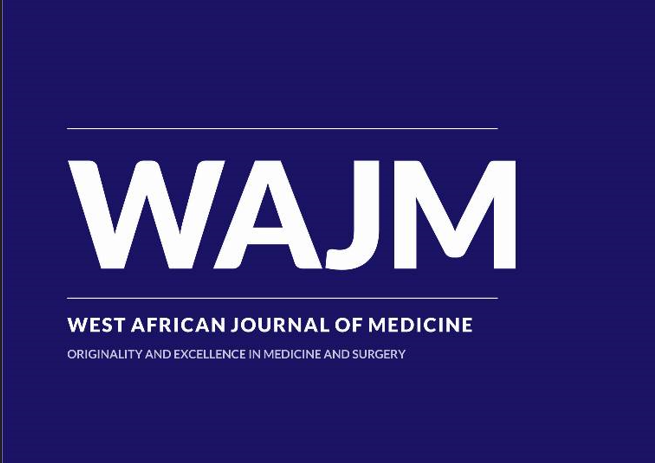ORIGINAL ARTICLE Quality of Drug Prescribing and Dispensing Practices in Primary Healthcare Centres in an Urban Local Government Area in Nigeria
West Afr J Med. September 2023; 40 (9): 935-942
Keywords:
Drug prescribing, Nigeria, Primary healthcare centre, Quality indicators, Rational drug useAbstract
Background: Irrational drug use remains a major issue in developing countries; hence this study used the World Health Organization and the International Network for the Rational Use of Drugs (WHO/INRUD) core drug indicators to assess the quality of prescribing and dispensing practices in Primary Health Centres (PHCs) in Obio-Akpor Local Government Area (LGA) in Nigeria.
Methods: This descriptive cross-sectional study which covered 10 PHCs in Obio-Akpor LGA comprised a review of prescription records and a survey of patients and prescribers. A systematic random sample approach was used to retrieve 1300 prescriptions from August to October 2021 to evaluate prescribing indicators while direct observation of 325 consecutive patient encounters in the PHCs was used to evaluate the patient-care indicators. Twenty-three prescribers in the 10 PHCs who were available and willing to participate in the study, completed the self-administered questionnaire for assessment of the factors affecting prescribing practices. Descriptive and inferential analyses were done using the Statistical Package for the Social Sciences and p-values d" 0.05 were considered statistically significant.
Results: From the 1300 retrieved prescriptions, a total of 3805 medications were prescribed for the 1300 encounters giving 2.9 (± 0.5) as the mean medications prescribed per encounter. Prescriptions in generic forms were 69.9% and 75.6% of drugs prescribed were from the Nigeria essential medicine list for PHCs. Encounters with antibiotics and injectables included in the prescriptions were 62.6% and 22.3% respectively. Antimalarial, antihypertensive, and antidiabetic medications were prescribed in 43.8 %, 9.6 %, and 1.7 % of the cases, respectively. Most (91.6 %) of the recommended drugs were dispensed, 98.2% of the drugs dispensed were appropriately labelled, and 95.5 % of the patients had an adequate understanding of their drug doses. The pharmacy stocked 88.7% of the key medications, and all PHCs had a copy of the EDL.
Conclusion: There was evidence of irrational drug use practices in PHCs in Obio-Akpor LGA. This calls for the implementation of periodic training for PHC workers, the promotion of effective monitoring and adherence to the policy of rational drug use in PHCs.


